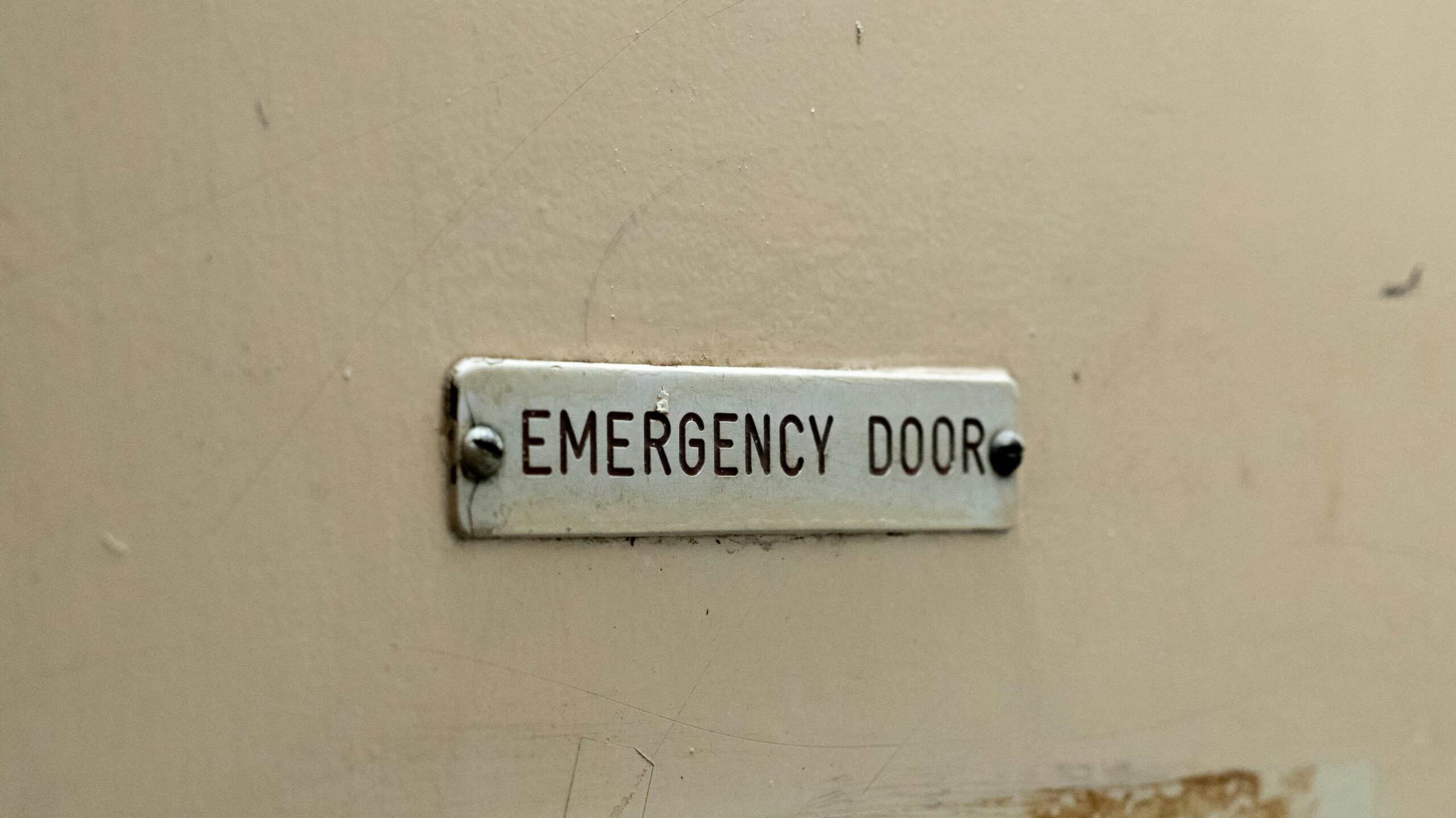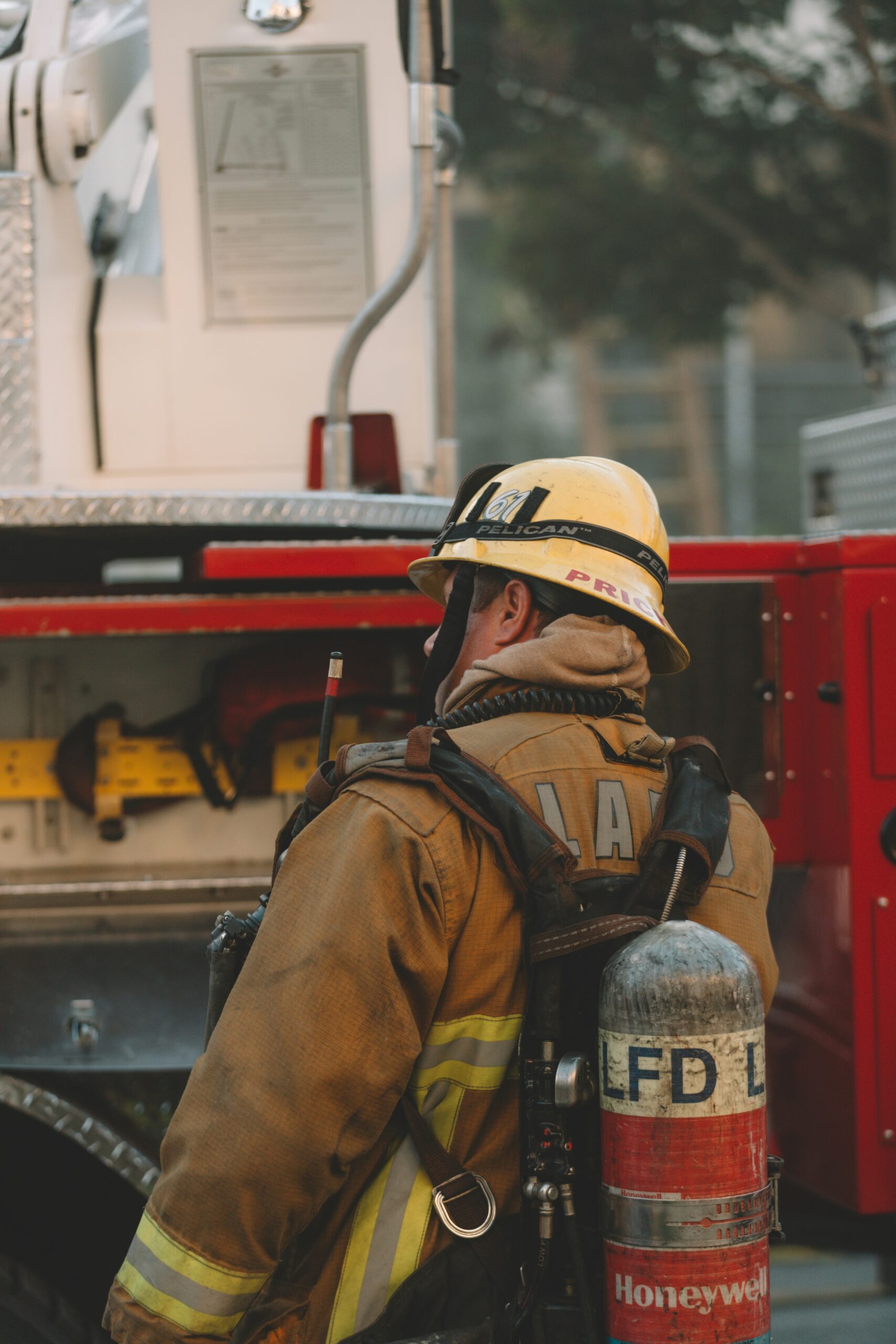In this article, you’ll discover the true power of preparedness and how it can make a world of difference in emergency situations. When unexpected crises strike, being prepared can mean the difference between chaos and control. Together, we’ll explore practical ways to anticipate, plan, and equip ourselves for any unforeseen circumstances that life may throw our way. By the end, you’ll understand the importance of being prepared and the invaluable peace of mind it brings. Let’s dive in and uncover the secrets to handling emergencies with confidence!
Understanding Emergency Preparedness
Definition of Emergency Preparedness
Emergency preparedness refers to the proactive measures taken to minimize the negative impact of emergencies or disasters. It involves planning, organizing, and equipping oneself, family, community, or organization to effectively respond to and recover from emergencies. These emergencies can be natural disasters, health crises, security threats, or accidents.
Importance of Emergency Preparedness
Emergency preparedness is crucial because it can mean the difference between life and death in challenging situations. By being prepared, you can significantly reduce the chaos, panic, injuries, and fatalities that often occur during emergencies. Additionally, being prepared allows for a swift and organized response, ensuring that the necessary resources and aid reach those in need in a timely manner.
Basics of Emergency Preparedness
The basics of emergency preparedness involve a thorough understanding of different types of emergencies, their potential impact, and the necessary steps to mitigate risks. It is essential to create a comprehensive emergency preparedness plan, establish communication strategies, and gather emergency supplies. Regular training, drills, and simulations are also crucial to ensure preparedness is maintained and continually improved.
Types of Emergencies
Natural Disasters
Natural disasters encompass a wide range of events including earthquakes, hurricanes, floods, wildfires, tornadoes, and more. These events can cause significant damage to property and infrastructure, disrupt essential services, and threaten the safety and well-being of individuals. Understanding the risks associated with natural disasters and taking proactive measures to mitigate these risks is crucial for emergency preparedness.
Health and Pandemic Crises
Health crises and pandemics, such as the recent COVID-19 pandemic, can have devastating effects on communities and economies. Proper preparedness involves monitoring health risks, ensuring access to healthcare services, promoting preventive measures, and implementing response strategies to limit the spread of diseases and ensure the well-being of individuals.
Terrorist and Security Threats
In an increasingly interconnected and globalized world, the risk of terrorist attacks and security threats cannot be ignored. Emergency preparedness in this context involves understanding the nature of these threats, enhancing security measures, developing response plans, and coordinating efforts with relevant authorities and organizations to protect the community.
Road and Transportation Accidents
Road and transportation accidents can occur at any time, often resulting in injuries, fatalities, and significant disruption to traffic flow. Emergency preparedness in this area focuses on improving road safety measures, ensuring efficient emergency response, and providing proper training and resources to emergency personnel.
Industrial Accidents
Industrial accidents, such as chemical spills, explosions, or structural failures, can have severe consequences for both workers and the surrounding communities. Preparedness for industrial accidents includes identifying potential risks, implementing safety measures, conducting regular inspections, and establishing emergency response protocols to minimize harm and facilitate a swift recovery.

The Impact of Preparedness on Emergency Management
Reduction of Chaos and Panic
One of the primary benefits of emergency preparedness is the reduction of chaos and panic during emergencies. When individuals and communities are adequately prepared, they are more likely to stay calm, follow proper protocols, and make informed decisions. This significantly contributes to the overall efficiency and effectiveness of emergency management efforts.
Decrease in Injury and Fatality Rates
By being prepared, individuals can take immediate actions to protect themselves and others from harm during emergencies. Properly maintained emergency plans, evacuation procedures, and access to essential supplies can substantially decrease injury and fatality rates. Additionally, preparedness enables emergency responders to prioritize and provide timely assistance to those in critical need.
Swift Emergency Response
Preparedness allows for a swift emergency response, ensuring that necessary assistance and resources are deployed quickly. Effective communication strategies, streamlined coordination between agencies, and well-established emergency protocols all contribute to a more organized and timely response. Consequently, lives are saved, damages are reduced, and communities recover more efficiently.
Emergency Preparedness Plan
Identifying Possible Emergencies
Developing an emergency preparedness plan begins with identifying the possible emergencies that could occur in a specific context. This involves conducting a thorough risk assessment, considering historical data, consulting experts, and understanding the unique vulnerabilities of the community or organization. By identifying potential emergencies, appropriate measures can be taken to mitigate the associated risks.
Creating a Detailed Evacuation Plan
An essential aspect of emergency preparedness is creating a detailed evacuation plan. This includes determining evacuation routes, establishing meeting points, and providing clear instructions to the community or organization. It is crucial to consider accessibility for all individuals and account for specific needs such as medical conditions or disabilities. Regular drills and simulations should also be conducted to ensure the effectiveness of the evacuation plan.
Formulating a Communication Strategy
Communication is vital during emergencies to provide timely information, instructions, and updates to those affected. A comprehensive communication strategy should be developed, taking into account various communication channels such as emergency alerts, public announcements, social media, and personal networks. The strategy should address different scenarios and ensure efficient communication within the community or organization, as well as with external authorities and relief agencies.
Preparation of Emergency Supplies
Having a well-stocked emergency supply kit is crucial for sustaining oneself and the community during times of crisis. Basic supplies such as food, water, medications, and necessary personal documents should be included. Additionally, specific needs like infant formula, pet supplies, and hygiene products should be considered. Regular maintenance of the emergency supplies and periodic updates to meet changing needs are essential.

Drafting an Emergency Preparedness Checklist
Creating a Contact List
A comprehensive contact list is an important component of emergency preparedness. It should include contact information for family members, neighbors, emergency services, healthcare providers, schools, employers, and other relevant parties. This contact list ensures effective communication and coordination during emergencies, especially when phone lines or internet services may be disrupted.
Determining Meeting Points
In case of an emergency, it is crucial to determine specific meeting points where family members, friends, or colleagues can gather. These meeting points should be easily accessible and known to all individuals involved. Identifying backup meeting points in case the primary locations are compromised is also recommended.
Gathering Basic Supplies and Essentials
Preparing a basic supplies kit is a key element of emergency preparedness. This kit should include non-perishable food, clean water, flashlights, batteries, a first aid kit, hygiene products, and any necessary medications. The quantity and specific items in the kit should be tailored to the needs of the individual or family. Regularly checking and replacing expired items is essential to ensure the kit is always up to date.
First Aid Knowledge and Use
Having basic first aid knowledge and skills can make a significant difference in emergency situations. It is essential to learn first aid techniques, including CPR, wound care, and treatment for common injuries. This knowledge equips individuals to provide immediate care until professional help arrives. Additionally, having first aid supplies readily available in emergency supply kits is crucial.
Importance of Regular Training for Emergency Preparedness
Emergency Drills and Simulations
Regular training through emergency drills and simulations is vital to maintaining and improving emergency preparedness. These exercises allow individuals and communities to practice their emergency response procedures, identify weaknesses, and refine their strategies. This hands-on training ensures that everyone involved understands their roles and responsibilities and can perform them effectively in real emergencies.
Updating the Emergency Preparedness Plan
Emergency preparedness plans should be regularly updated to account for changing circumstances, new risks, or lessons learned from previous emergencies. It is essential to review the plan periodically, make necessary amendments, and communicate the changes to all individuals involved. By continuously improving the plan, organizations and communities can ensure they are well-prepared for any future emergencies.
Understanding Roles and Responsibilities
Training should focus on establishing a clear understanding of roles and responsibilities during emergencies. Whether it is a family, workplace, or community, everyone should know what is expected of them and how they can contribute to the overall emergency response. Regular training sessions can help individuals develop the necessary skills and knowledge to fulfill their roles effectively.

Role of Government and Institutions in Emergency Preparedness
National and Local Preparedness Programs
Governments play a crucial role in promoting and facilitating emergency preparedness. National and local preparedness programs provide guidelines, resources, and funding to assist communities and organizations in their preparedness efforts. These programs often include training initiatives, awareness campaigns, and the development of comprehensive emergency response plans tailored to the specific risks faced by each locality.
Schools and Workplace Emergency Preparedness Education
Schools and workplaces have a responsibility to educate their students and employees about emergency preparedness. By integrating emergency preparedness education into the curriculum and workplace training programs, individuals gain the necessary knowledge and skills to respond effectively during emergencies. Regular drills and simulations should also be conducted to ensure preparedness is maintained.
Government’s Role in Coordinating Emergency Efforts
During large-scale emergencies, the government plays a vital role in coordinating and overseeing the response efforts. Government agencies work together to provide resources, establish communication channels, and facilitate the deployment of emergency personnel and supplies. The government’s coordination efforts ensure a unified response and maximize the impact of emergency preparedness measures.
Community Involvement in Emergency Preparedness
Awareness and Education Programs
Community involvement in emergency preparedness is crucial for a resilient society. Awareness and education programs can be conducted to inform individuals about potential risks, necessary precautions, and emergency response procedures. These programs can be delivered through schools, community centers, or local organizations, ensuring that everyone understands the importance of being prepared.
Participation in Community Drills
Participation in community drills is an excellent way for individuals to practice their emergency response skills alongside their neighbors and community members. These drills simulate real emergencies, allowing individuals to familiarize themselves with evacuation routes, communication protocols, and other response procedures. Active community involvement in drills fosters a sense of togetherness and strengthens the overall preparedness level of the community.
Neighborhood Watch and Reporting Systems
Establishing neighborhood watch programs and reporting systems enhances the community’s ability to identify and respond to emergencies promptly. By keeping an eye on unusual activities, reporting suspicious behavior, and maintaining effective communication within the community, potential threats can be identified early on. These proactive measures contribute to a safer and more secure environment.
Technology and Emergency Preparedness
Use of Apps and Social Media for Alerts
Technology, such as apps and social media platforms, has revolutionized emergency alert systems. These platforms can disseminate alerts, warnings, and updates to a wide audience within seconds. By following official emergency management accounts and utilizing relevant apps, individuals can receive real-time information and instructions during emergencies, enhancing their overall preparedness.
GPS and Mapping Technology for Evacuation
GPS and mapping technology have become invaluable tools in emergency preparedness. These technologies provide precise location data, enabling efficient evacuation routes and facilitating the navigation of emergency responders. In combination with real-time traffic updates, individuals can make informed decisions about their evacuation plans, minimizing congestion and ensuring a safe and timely evacuation process.
Telemedicine for Emergency Care
Telemedicine has emerged as a valuable tool for providing emergency care, especially in remote or disaster-stricken areas. Through telecommunication technologies, individuals can access medical professionals and receive guidance on managing injuries or illnesses when immediate physical access to healthcare facilities is limited. Telemedicine enhances the overall emergency response capabilities and ensures crucial medical assistance is provided promptly.
Post-Emergency Evaluation and Improvement
Assessing the Response to the Emergency
Following an emergency, it is crucial to conduct a thorough assessment of the response efforts. This evaluation should consider the effectiveness of the emergency preparedness plan, the response of individuals and organizations, and the coordination among various agencies involved. By identifying both strengths and weaknesses, improvements can be made to enhance future emergency preparedness and response efforts.
Identifying Lessons Learned
Every emergency presents unique challenges and opportunities for learning. Identifying and documenting lessons learned is crucial for continuous improvement in emergency preparedness. By analyzing what worked well and what could be improved, organizations and communities can adapt their strategies, refine their procedures, and strengthen their overall preparedness for future emergencies.
Making Necessary Amendments to the Plan
Based on the evaluation and lessons learned, necessary amendments should be made to the emergency preparedness plan. These amendments should address the identified weaknesses, incorporate new information or best practices, and align with the evolving risks faced by the community or organization. It is essential to communicate the updated plan to all individuals involved and conduct further training and drills to ensure its effectiveness.
In conclusion, understanding emergency preparedness and its role in managing various types of emergencies is crucial for safeguarding lives and minimizing damages. By creating comprehensive plans, fostering community involvement, utilizing technology, and continually improving through training and evaluation, individuals, organizations, and governments can enhance their preparedness and effectively respond to emergencies. Taking proactive measures today ensures a safer and more resilient tomorrow.

